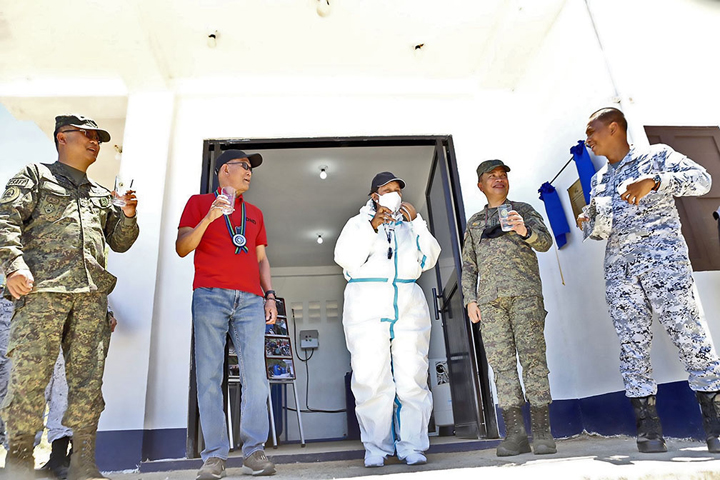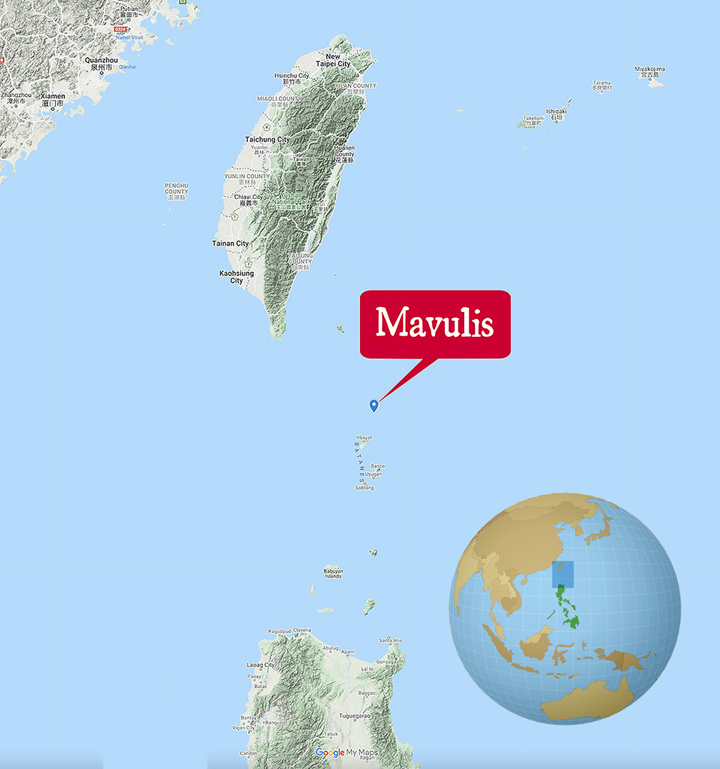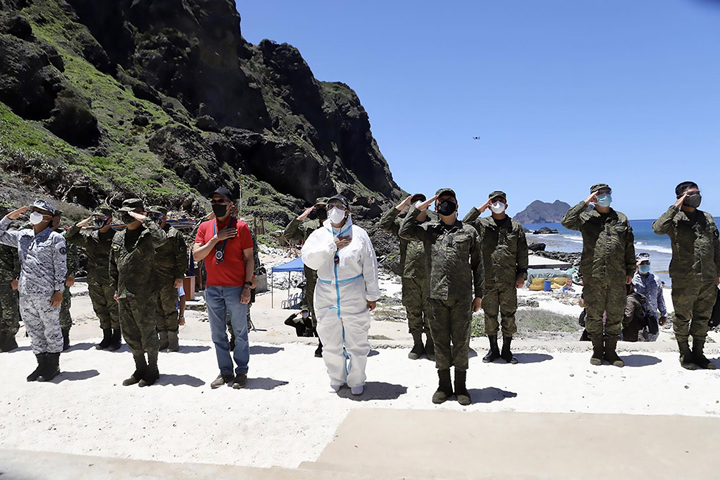The Philippine government is strengthening its claims, ownership and human occupation of key islands and features of the country’s northern and “last frontier” through the implementation of several projects designed to stimulate development.
On the island of Mavulis in the group of islands of Batanes, which is located at the end of the northern waters of the country, several construction projects have been completed, the ultimate goal being to encourage human habitation by the villagers of Batanes.

Beyond the population of these territories, the greater goal is for the Philippine Armed Forces (AFP) to preserve and secure them, due to their strategic military importance against the background of registered Chinese military activities in neighboring and surrounding waters.
The first “settlers”
“We treat Mavulis Island and its waters as a northern stronghold of our government’s seat of power and one of the main and key sources of food and economy for our country and people,” said Lieutenant General Arnullo Marcelo Burgos Jr., AFP commander. Luzon’s Northern Command (Nolcom) said.
“As such, despite the limitations, these waters are given the utmost importance in such a way that assets and resources are distributed fairly to ensure that we have a credible defensive position,” he added.
Nolcom has operational jurisdiction over the vast sea waters in the northern part of the country, including the 11 island chains in the Batanes Islands group.
Two months ago, a desalination plant was built and installed on Mavulis Island, capable of producing 500 gallons a day of drinking water extracted from the sea, mainly to help troops stationed there, along with fishermen who seek shelter from time to time. between them fishing trips.

“We are developing the island, both from an economic point of view and for security reasons, firstly by building projects to support its settlement,” Burgos said.
For years, the government, especially the provincial and local governments of Batanes and Itbayat, have encouraged Ivatans or Batanes locals, especially fishermen, to settle on the 4-square-kilometer island due to the richness of its waters, but no one has taken the call seriously.
There were some villagers who tried to settle there just to leave the area, as it could not sustain human habitation, leaving behind its livestock, some of which went wild.
Unwanted visitors
As the island was deserted and there were no soldiers around, he instead supported visits by Chinese, Vietnamese and Taiwanese poachers, who often came to rest and hunt animals. On the water, Filipino fishermen simply could not compete with the much larger boats of the intruders.
The military began to verify this by slowly establishing its presence by conducting naval patrols and deploying troops.
The operation of a desalination plant followed the construction of a fisherman’s shelter together with a fish drying facility, which was powered by a 1.2-kilowatt solar photovoltaic system. A military detachment was also established.
Using the power of the sun
THE Nolcom said the Ministry of Energy (DOE) has also scheduled an on-site study of the island as part of a plan to power it using solar energy.
The development of Mavulis is also beneficial for the other islands, especially for the city of Itbayat, where there is already a permanent presence of troops. The deployment of soldiers took place in parallel with the intensified development activities in the municipality, which are also carried out with the help of the troops.
Last month, Burgos visited a naval unit in the area to celebrate Father’s Day with soldiers, and was welcomed by Itbayat Mayor Ronald Gutierrez, who encouraged regular visits by military personnel.
Gutierrez said the presence of troops and the regular patrolling of Nolcom’s assets in the waters off Itbay have prevented the infiltration of foreign ships, which have been regular in the past.
On the island of Pagasa, the Ministry of Defense also supplied the island by switching on its 300-kilowatt power plant last month to supply electricity to structures there, including the municipal government, houses and military facilities.
The installation of an electricity system followed the construction of the beach ramp and port on the island, which according to Defense Minister Delfin Lorenzana were part of the island’s development.
Lorenzana said the government plans to undertake various projects on the island, including the construction and maintenance of an ice plant and a radio station.
The photos are provided by NOLCOM and Google Maps

